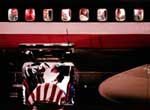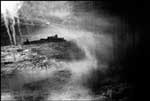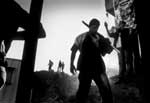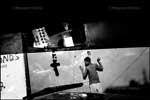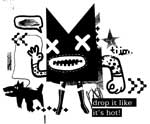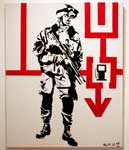PDN:
Todd Heisler, a Rocky Mountain News photographer who won the 2006 Pulitzer Prize for feature photography for his “Final Salute” photo essay, will join the photo staff of The New York Times.
Heisler, who starts in December, fills one of two staff photography openings at the Times. Recently, Ting Li Wang left to work in China and Paul Hosefros retired, according to New York Times assistant managing editor for photography Michele McNally.
Here.

